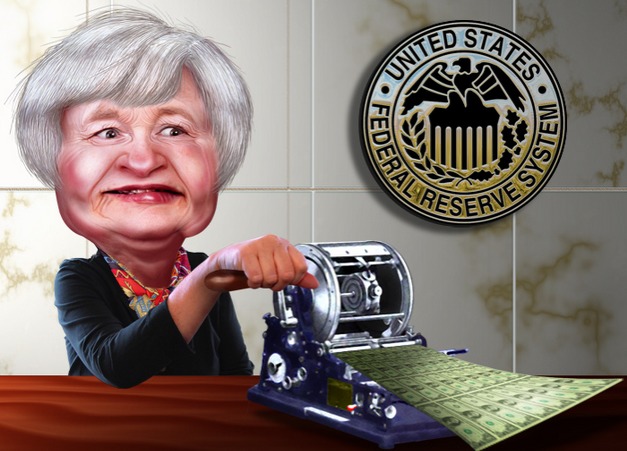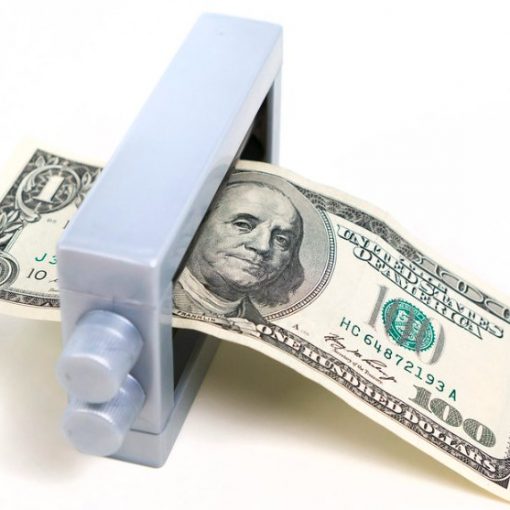In the first quarter of 2015, U.S. stocks generated a total return of 1.0% as measured by the S&P 500 Index.
While the first quarter’s performance was fairly modest, it marked the ninth consecutive quarter of positive returns.

Winning Streak
It’s a strong winning streak, considering that approximately 30% of all quarters over the past 30 years had losses. It is the longest streak of consecutive positive quarters since 1998.
For most of the first quarter, it seemed as if there were two primary forces pushing stocks in opposite directions.
Earnings estimates for U.S. companies fell significantly during the first quarter, causing downward pressure on stock prices.
The Fed
However, stocks rallied following both Federal Reserve meetings in January and March, as the central bank indicated that it would maintain its stimulative policy regarding interest rates.
According to FactSet Research, S&P 500 earnings are now projected to decline by 4.6% in the first quarter of 2015.
Last December, analysts had been forecasting 4.2% earnings growth. The decline in estimated earnings for the quarter was the largest decrease since the first quarter of 2009, during the Great Recession.
A stronger dollar is expected to reduce earnings for companies with significant international business, since foreign earnings will be translated into fewer dollars and exports become more expensive to foreign buyers.
Energy Prices
Lower energy prices have also resulted in downward earnings estimates for most companies in the energy sector.
While analysts are still forecasting a modest increase in earnings for the full year, there is a good possibility that S&P 500 earnings will be flat or decline if current trends persist in my opinion.
Low Rates
While the Fed’s interest rate policy has been positive for stocks so far, one has to be concerned that at some point in the future the Fed will lose its ability to promote growth.
The Federal Funds rate has now been below 0.25% for more than six years.
By keeping interest rates low, the Fed has tried to encourage borrowing.
In theory, cheap interest rates inspire higher consumer and corporate spending, which in turn leads to greater demand for goods and services and ultimately higher employment.
Consumers
Many consumers, still smarting from the last recession, have been reluctant to borrow and spend.
Banks have been hesitant to lend, in part due to stricter regulations and higher capital requirements.
Extremely low interest rates have caused other distortions in the economy.
Savers, who in the past invested in certificates of deposits, savings accounts, and low risk bonds, have been forced to move money into riskier assets in search of higher yields and better returns.
Bubbly Stocks
These investors might not be prepared for a stock market correction, which will inevitably occur.
Weak companies, which would probably be failing in a normal interest rate environment, are able to borrow at bargain rates.
The junk bonds that they issue are likely to experience problems if the economy weakens.
The S&P 500 Index forward price/earnings ratio is currently 16.7 as of the end of the first quarter, which is about 15% higher than its 10-year average, according to my research.
Weaning Process
With stock prices at relatively high valuations, one has to be concerned that the Fed’s interest rate policy has created a stock market bubble.
While the market’s dependence on a stimulative Federal Reserve policy combined with higher-than-average stock valuations increases market risk, I believe equities still appear to be the most attractive asset class for investors with a long-term horizon.
In my opinion, there is significant upside potential for stocks over the next several years if global economies can begin to generate economic growth without the help of government stimulus programs.
Photo Credit: DonkeyHotey via Flickr Creative Commons



